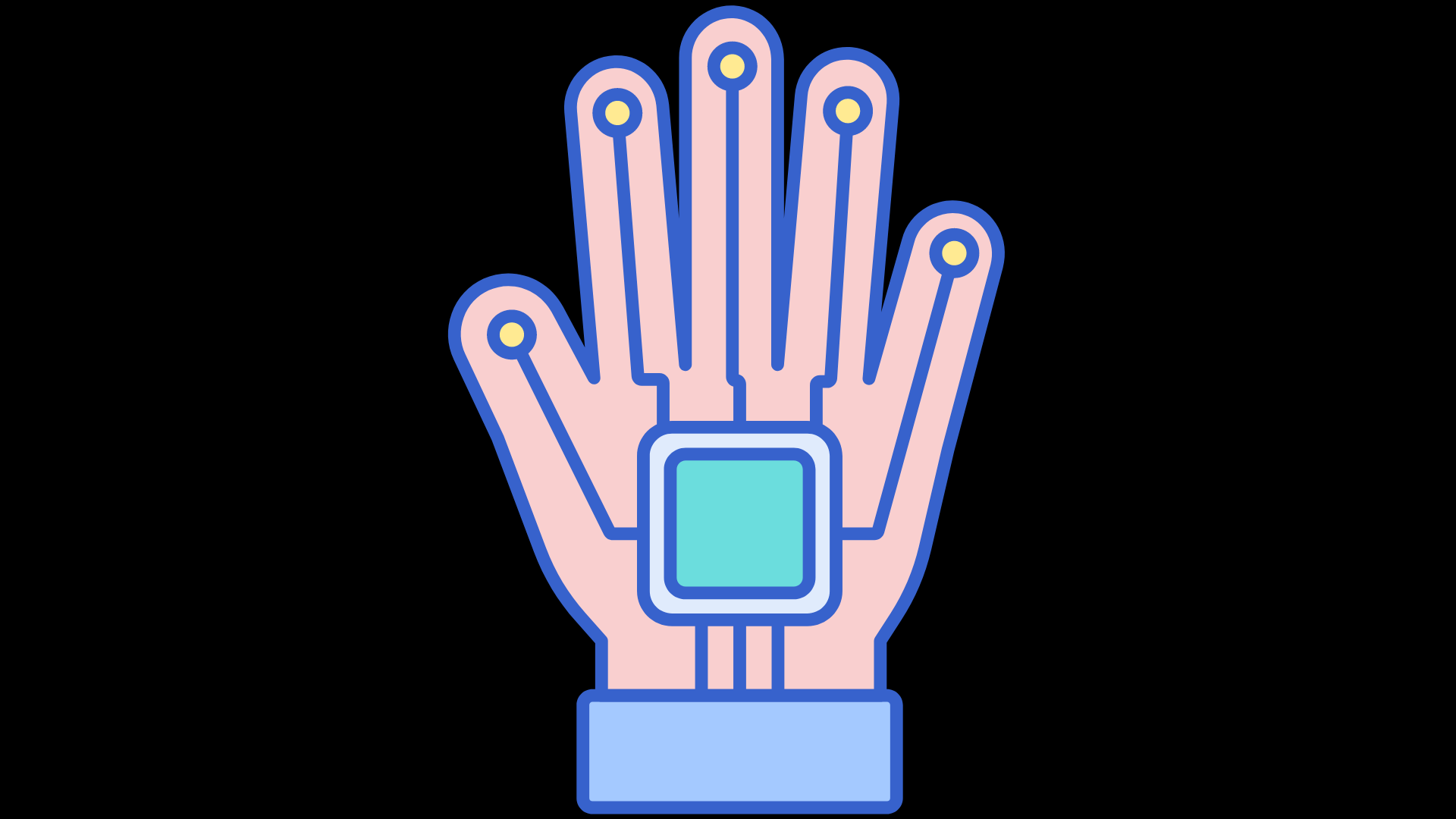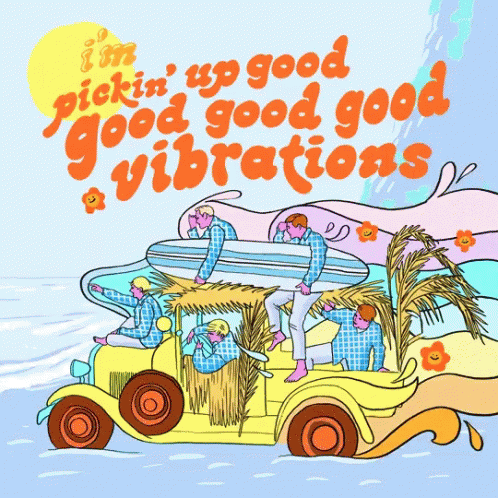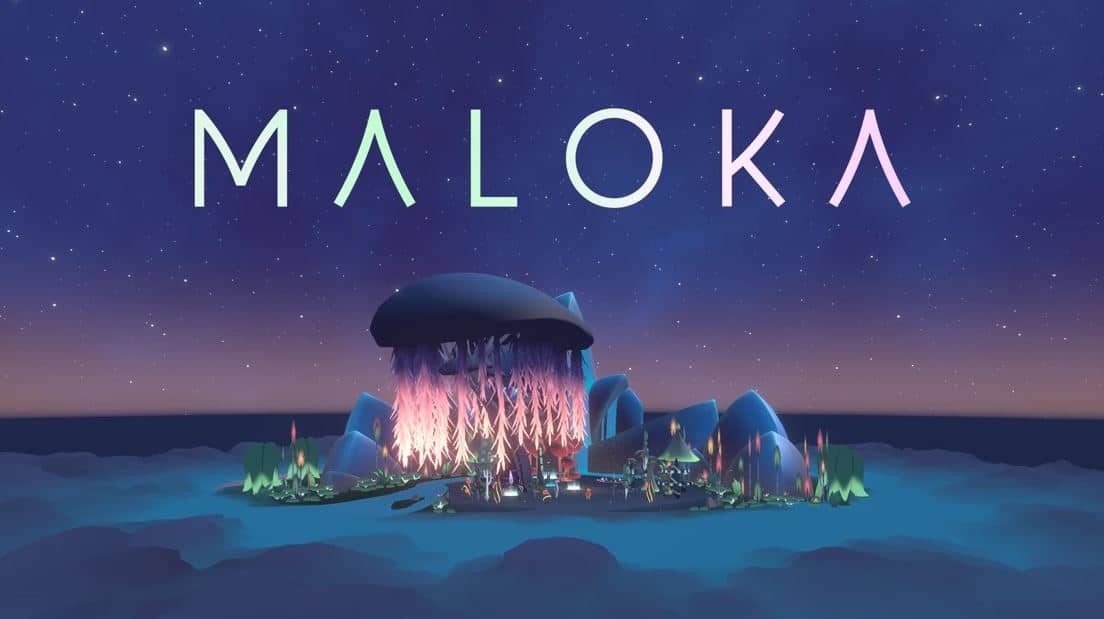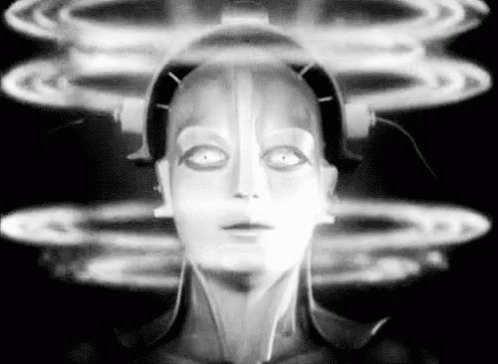The future of Haptics in XR
Haptics, which boil down to the technology of touch, is an increasingly important aspect of the virtual and augmented reality (XR and VR) experience. I mean, how can you have a true Metaverse without the realism of touch (taste and other things).

Good, good, good, good vibrations
Haptics, which boil down to the technology of touch, is an increasingly important aspect of the virtual and augmented reality (XR and VR) experience. I mean, how can you have a true Metaverse without the realism of touch (taste and other things).
Haptics allows users to feel the sensation of touch and interact with virtual objects in a more realistic way. In the future, haptics technology will continue to advance and become even more integrated into the XR and VR experience.

Can you feel the buzz?
A great expample of its use is within the mindfulness game Maloka. When you enter into the vortex like light funnel that takes you to another zone in the game, the Oculus Quest hand controller's haptics fire in a crescendo like way, the sense of immersion is increased and the betterment of the game and overall experience.

Another area where haptic technology will play a major role is in the development of more realistic and immersive virtual worlds. The ability to touch and feel virtual objects will make the experience more lifelike and engaging. This can be especially important in gaming, where players will be able to feel the sensation of hitting a virtual ball or shooting a virtual gun.
In training and education, for example, surgeons can use virtual reality to practice procedures, and haptic feedback will make the experience more realistic and effective for training. All this while not having to open up a live patient with yet to be skilled hands, risk reduced, infection risk reduced.

You're already using it!
Haptic technology is already integrated into consumer electronics such as smartphones, smartwatches, and other wearables. This allows users to interact with their devices, get actuall physical feedback in new and more natural ways, such as feeling a tactile response when they touch a virtual button on a screen.
One area I feel needs more work is in in-headset haptics, that will truly be the next level of immersion and last year was rumoured to be part of Apples new realty Pro XR headset offering, I guess we'll find out later in the year.

It's a really exciting area of development in the virtual and augmented reality space. With the advancement of haptic technology, the future of XR and VR will be more realistic, immersive, and interactive. It will have a wide range of applications, from gaming and education to healthcare and consumer electronics. As the technology continues to evolve, it will play an increasingly important role in the way we interact with virtual and augmented reality environments.
The Players:
Immersion Corporation
Immersion Corporation is one of the leading companies in haptic technology. They have developed a wide range of haptic solutions for various industries, including gaming, automotive, and mobile devices. Their haptic technology allows for the creation of realistic and immersive virtual experiences, with the ability to simulate various textures and sensations.
HaptX
HaptX is a company that specializes in creating haptic feedback for virtual reality. They use a combination of microfluidics and pneumatics to create highly realistic haptic feedback. Their technology is used in a variety of industries, including gaming, healthcare, and industrial design.
Force Dimension
Force Dimension is a company that specializes in creating haptic devices for virtual reality and robotics. They use a combination of motor and sensor technology to create highly precise and realistic haptic feedback. Their technology is used in a variety of industries, including gaming, healthcare, and industrial design.
Conclusion
So, one thing is for sure, the more we look for escape routes from the real world, especially post pandemic, the more hardware and software solutions we'll need to keep pace. Everything you can imagine is possible





